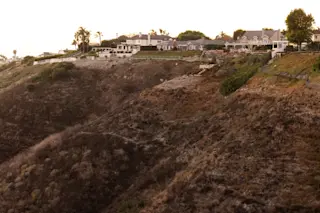The storm of news about the BP oil spill in the Gulf of Mexico has reached a relative lull today, as the oil company preps for its containment dome project that it will try to execute over the next several days. With a moment to take a break from the constant news updates, reports are starting to ask: What's with all that chemical dispersant responders have been dumping on this spill?
The stuff is called Corexit, made by the Nalco Company, and BP has now dumped about 160,000 gallons of it in the Gulf (as well as pumping 6,000 gallons more all the way down to the leak location). The dispersant particles bind to oil, sink, and are carried away by ocean currents. But while that could help keep a spill from reaching the shores en masse, it means the oil isn't actually "cleaned up," but rather diluted. And the ...













